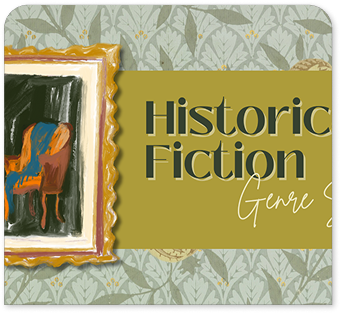-
Mon-Fri: 10AM to 8PM 01722665665
-
My Account
-
-
0
Total :
₹ 0.00

The book covers significant historical events and periods in India from 1750 to 1964 A.D.
Key themes include the foundation of British rule, administrative reforms, socio-religious reform movements, economic changes, the rise of political consciousness, and the journey toward independence.
The syllabus is divided into four units, each containing several topics. There are also sections for short answer type questions and previous university question papers.
The exam consists of 9 questions, including a compulsory set of short answer questions and essay-type questions from each unit, with a map-related question in Unit 4.
The total marks for the examination are 100, with 90 marks allocated for the theory paper and 10 marks for internal assessment.
The book includes solved questions and answers, along with previous university question papers, helping students familiarize themselves with the exam format and types of questions.
Yes, instructions include avoiding repetition of questions and ensuring that each essay question covers a significant portion of the syllabus. There is also a specific format for the map-related question.
Yes, the book highlights the contributions of important figures such as Jyotiba Phule, B.R. Ambedkar, Mahatma Gandhi, and others in the context of socio-religious reforms and the Indian National Movement.
The map section allows students to identify important historical places and understand their significance in the context of India’s history.
The book is published in English to ensure accessibility for a wide range of students.
No Description Added
The book covers significant historical events and periods in India from 1750 to 1964 A.D.
Key themes include the foundation of British rule, administrative reforms, socio-religious reform movements, economic changes, the rise of political consciousness, and the journey toward independence.
The syllabus is divided into four units, each containing several topics. There are also sections for short answer type questions and previous university question papers.
The exam consists of 9 questions, including a compulsory set of short answer questions and essay-type questions from each unit, with a map-related question in Unit 4.
The total marks for the examination are 100, with 90 marks allocated for the theory paper and 10 marks for internal assessment.
The book includes solved questions and answers, along with previous university question papers, helping students familiarize themselves with the exam format and types of questions.
Yes, instructions include avoiding repetition of questions and ensuring that each essay question covers a significant portion of the syllabus. There is also a specific format for the map-related question.
Yes, the book highlights the contributions of important figures such as Jyotiba Phule, B.R. Ambedkar, Mahatma Gandhi, and others in the context of socio-religious reforms and the Indian National Movement.
The map section allows students to identify important historical places and understand their significance in the context of India’s history.
The book is published in English to ensure accessibility for a wide range of students.


